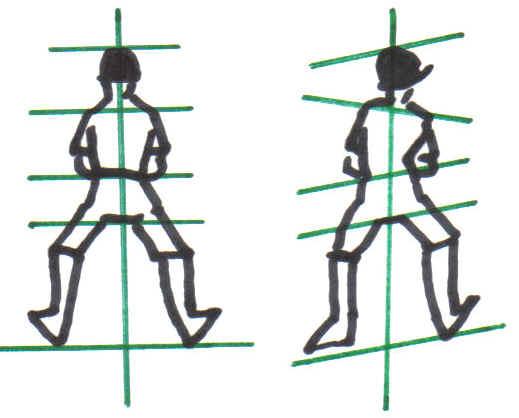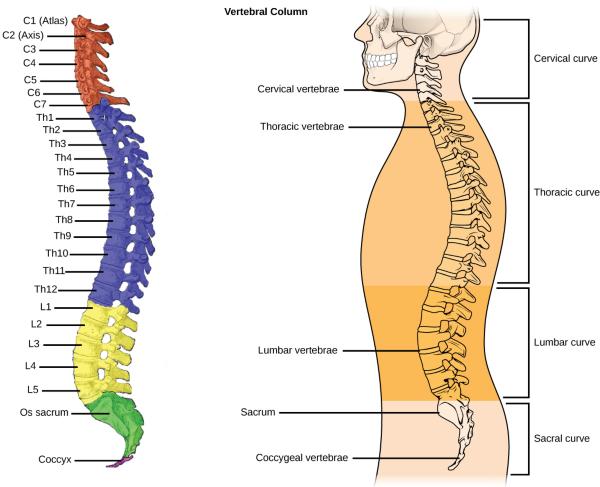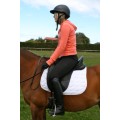Why is Pilates Exercise suited to the Equestrian Athlete? - Spine Articulation
“Pilates: a system of exercises using special apparatus, designed to improve physical strength, flexibility, and posture, and enhance mental awareness” ` The Oxford Dictionary 2013
Horse riding requires muscular endurance, spinal stability and mobility dependant on the phase of gait of the horse, control and co-ordination of muscular activation and ultimately awareness of the rider’s body and the rider’s influence on the horse’s movement.
Pilates and in particular EQUESTRIAN PILATES® address these requirements in full. So why wouldn’t you investigate how these exercises can assist you in becoming a better rider.
Over the next few months I will introduce to you each Pilate’s principle and explain how they relate to the Equestrian Athlete and provide a simple exercise for you to try that addresses this principle.
5. Pilates Principle: Spine Articulation
The Principle of Spine Articulation relates very closely to the Principle of Axial Elongation – as with axial elongation we aim to position of our spine in the best possible way for it to absorb the forces placed on our body allowing for greater mobility or stability dependent on those forces.

Spine Articulation: Distribution of movement = distribution of forces – Polestar Pilates™ Manual - Principles of Movement 2008
Our spine is compiled of several specific types of vertebra, the cervical, thoracic & lumbar vertebra as well as the sacrum. Each of these areas of the spine and especially each of the segments within these areas of the spine should move independently or ‘segmentally’. Each of these areas of the spine have different jobs, which combine to allow our spine to move and articulate seamlessly.
Cervical vertebra: are designed for ease of movement in all ranges of motion & planes of movement.
Thoracic vertebra: are designed to be rigid in order to support the ribcage, but the greatest range of movement for this area of the spine is into rotation. This is evident when we turn to look over our shoulder – a large proportion of our rotation comes from this area of our spine.
Lumbar vertebra: are designed to bear weight so are therefore located at the base of the spine where most of the forces on the spine are concentrated. The greatest range of movement for this area of the spine is into flexion/extension. This is evident when we bend forwards to pick something up from the floor.

So here is the catch... we need to be aware of how to align our spines correctly or in the ‘neutral’ position as well as then be able to move or ‘articulate’ the spine to move with the horse, rebalancing ourselves when the horse’s gait tries to throw us off balance. This then ensures that we have been able to regain the alignment that is best going to ensure that we can absorb the forces that have been placed on the body.
Commonly our spines are mobile is some area’s and stiff in others and your posture type will determine these areas as discussed in the previous blog Pilates Principle: Axial Elongation.
 Generally I find that most rider’s struggle to move through their upper backs effectively and often move through their lumbar spine’s too well. This is a broad generalisation but often it will cause the shoulders to slump forward as with a stiff upper back comes poor upper back/neck and shoulder girdle strength. As soon as the body tips forward, as was shown in the previous blog when we looked at Kyphosis, our body weight falls in front of the horse’s centre of gravity and pushes him onto the forehand.
Generally I find that most rider’s struggle to move through their upper backs effectively and often move through their lumbar spine’s too well. This is a broad generalisation but often it will cause the shoulders to slump forward as with a stiff upper back comes poor upper back/neck and shoulder girdle strength. As soon as the body tips forward, as was shown in the previous blog when we looked at Kyphosis, our body weight falls in front of the horse’s centre of gravity and pushes him onto the forehand.
With this posture type I initially look to mobilise the upper back, promoting articulation of the thoracic spine into extension (to combat the flexed position that comes with a slumped posture), rotation and then side flexion of the upper back are then addressed and articulation of the thoracic into all planes of movement is improved.
Once the all-important spinal articulation has been addressed then stability of the upper back is addressed and muscles of the neck/upper back and shoulder girdle are strengthened, ensuring that the rider is then able to sit more upright in the saddle and sit in line with the horse’s centre of gravity.
Once the spine has been freed up into rotation and side flexion we also see an improvement in the rider’s ability to follow the movement of the horse on a circle… for instance… have you ever seen a rider’s body turned out while they ride a 20m circle? If a rider’s body is telling a horse to move out and the rider’s hands and legs are asking the horse to move in and around, then the horse will stiffen at the ribcage and fall in at the shoulder, or they might also twist their nose out and push the shoulder out due to weight of the seatbones in the saddle. If our shoulders and hips follow the shoulders of the horse then both horse and rider can be straight…
So how do you improve your Spinal Articulation?
Everybody is different, but let’s assume that you have a stiff upper back and sit in the slumped/kyphotic position at the shoulders and upper back. Initially we wish to improve extension of the thoracic spine and the below exercise is a fantastic way of promoting this movement, while also teaching you how to stabilise the lumbar spine.
Prone Extension
Set Up: Lying on your tummy with legs out long, forehead on the mat, hands in press up position and elbows pointed to the ceiling. Collarbones open and ribs connected to the hips with the deep core engaged, ensuring that the lumbar spine is ‘long’.


- Breathe in to prepare
- Breathe out and initiate the press up by reaching the elbows back towards the heels, opening the collarbones and drawing the shoulder blades down towards the back pockets on your pants. Raise the forehead from the mat, keeping the neck long and allow the sternum to raise – sliding forward and up, extending the upper back, coming to rest where the lower ribs contact the mat.
- Breathe in to then roll back to the start position.
- Repeat 10x – aiming to feel the stretch and movement in the upper back, between the shoulder blades.
The Aim: During this exercise we aim to mobilise the upper back/thoracic spine into extension, moving each of the vertebra individually. Secondary to this we are teaching our deep abdominals to hold the lumbar spine still and stable while we mobilise the upper back, ensuring we don’t default or compensate by moving one section of the spine in place of the section that is more difficult to mobilise or connect with. This will ultimately allow the body to absorb force more readily through the spine and allow the rider to move themselves into a position that will ensure that those forces are constantly being absorbed in the best way possible.
“If your spine is inflexibly stiff at 30, you are old; If it is completely flexible at 60, you are young.” Joseph Pilates
Laura Dawson
Pilates C-ordinator, Pilates Instructor
BPhEd, Polestar Studio Certified Pilates Instructor, Back In Motion Clinical Pilates Instructor, EQUESTRIAN PILATES® Instructor, Reps Registered Exercise Professional
